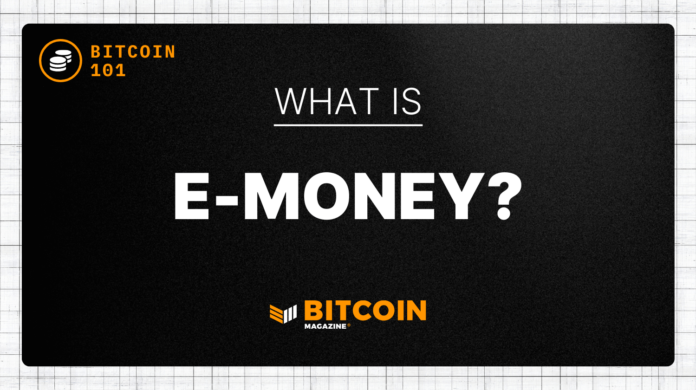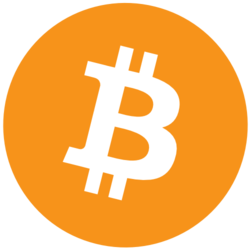E-money exists primarily to streamline and simplify digital transactions. In an increasingly global and interconnected financial landscape, e-money provides a fast, efficient, and secure way for consumers and businesses to move money without the physical limitations of cash or checks. This type of money plays a crucial role in enabling online commerce, mobile payments, and cross-border transfers.
One of the key advantages of e-money is its convenience and widespread acceptance. It allows people to make payments, send money, and manage their finances directly from digital platforms like smartphones, tablets, or computers. E-money eliminates the need to carry physical cash, reduces the risk of theft or loss, and significantly speeds up the transaction process. Whether you’re paying for an online subscription, transferring funds between accounts, or making a purchase at a local store with a tap of your phone, e-money is at the heart of these digital payment systems.
However, while e-money has revolutionized convenience, it is still inherently tied to the traditional banking system and fractional reserve banking. This means that e-money is often dependent on systems where the actual reserves of fiat currency backing the digital balance are smaller than the total liabilities, which can introduce risks of liquidity issues or financial instability.
How E-money Works
E-money operates through a centralized financial system, meaning it relies heavily on traditional banking infrastructure and payment networks. When a user initiates a transaction using e-money — whether via a credit card, online bank transfer, or mobile payment service — the transaction passes through several intermediaries before being completed.
Here’s how a typical e-money transaction works:
- Initiating the Transaction: The user initiates the transaction by sending a payment request, for example, by swiping a credit card, using a mobile app, or logging into an online bank account. The request is then transmitted to the payment processor or acquiring bank.
- Authorization and Intermediaries: The payment processor forwards the transaction request to the issuing bank, which verifies the account holder’s balance or credit. If funds or credit are available, the issuing bank authorizes the payment and sends approval back through the payment processor to the merchant.
- Clearing and Settlement: After the transaction is authorized, the money still needs to be moved from the payer’s bank to the payee’s bank. This process, known as clearing and settlement, may take several days. Banks, payment processors, and other intermediaries coordinate to finalize the transfer.
- Final Settlement: Once the funds have cleared, the merchant or payee receives the money, minus fees charged by the payment processors and banks. This final step marks the completion of the transaction.
E-money transactions rely on a centralized structure where banks and payment processors verify and process payments. While this system introduces layers of fees and processing time, it also ensures transaction security and fraud prevention. However, the reliance on fractional reserves in the banking system can pose potential risks, as the total amount of digital money often exceeds the available physical reserves.
Examples of E-money
E-money encompasses a wide variety of digital payment methods that rely on centralized financial institutions to store, manage, and transfer funds electronically. As a cash substitute, e-money serves as a convenient tool for accessing fiat currency digitally, rather than representing a distinct new form of money. Below are some examples:
- Credit cards (e.g., Visa, Mastercard): Allow users to borrow funds from a line of credit for purchases, with payment due at a later date. Transactions are processed by banks and card networks.
- Debit cards: Linked directly to a user’s bank account, debit cards allow real-time transfers of money to make purchases, deducting funds from the user’s account immediately.
- Bank transfers (e.g., ACH transfers, wire transfers): Methods for electronically transferring funds between bank accounts, typically used for large or recurring payments.
- Online banking systems: Platforms provided by banks to manage accounts, transfer funds, and pay bills electronically, without the need for physical cash.
- Mobile payment services (e.g., Apple Pay, Google Pay, Samsung Pay): Mobile apps that store card details and facilitate contactless payments via smartphones, enabling users to make digital transactions without using physical cards.
- PayPal and similar platforms: Digital payment services that allow users to send and receive money, make payments, and store funds in digital wallets linked to bank accounts or credit cards.
- Prepaid cards (e.g., gift cards, reloadable debit cards): Cards preloaded with a set balance that can be used for purchases until the balance is depleted. These are examples of stored value e-money.
- Fintech E-wallets (e.g., Revolut, Venmo, Cash App): Mobile apps that store funds digitally, allowing users to transfer money between accounts or make purchases online and offline.
- Stored value cards (e.g., transit cards, loyalty cards): Cards that hold a set balance for specific services or retailers, such as public transportation or retail loyalty programs.
E-money vs. Digital Cash
While e-money refers to the digital storage and transfer of fiat currency within centralized systems, digital cash operates differently. Digital cash, like Bitcoin, exists in a decentralized system that relies on cryptographic protocols to secure peer-to-peer transactions. Unlike e-money, which depends on financial intermediaries like banks and payment processors to verify and authorize transactions, digital cash does not require such intermediaries. Instead, it relies on cryptography and the timechain (more commonly referred to as blockchain) to validate and secure transactions.
In short, e-money fits into the traditional financial system, while digital cash seeks to operate outside of it, emphasizing decentralization, autonomy, and privacy. This difference also highlights that Bitcoin is considered to be the next evolutionary step in the development of money—offering an entirely digital, decentralized form of currency that is not backed by or tied to a mint, physical money or banking infrastructure.
The Evolutionary Perspective
While e-money has upended the way we store and transfer fiat currency, it is still tied to the limitations of traditional banking and monetary systems. In contrast, Bitcoin is considered a significant evolutionary step in the development of money, offering a form of true electronic money that exists purely in the digital space, untethered from fiat currency and state control.This evolution represents a break from traditional cash substitutes and towards a future where digital cash operates independently of intermediaries and central authorities. Bitcoin’s inherent properties address many of the issues associated with fiat money, positioning it as the next phase in the evolution of money, digital or otherwise.


